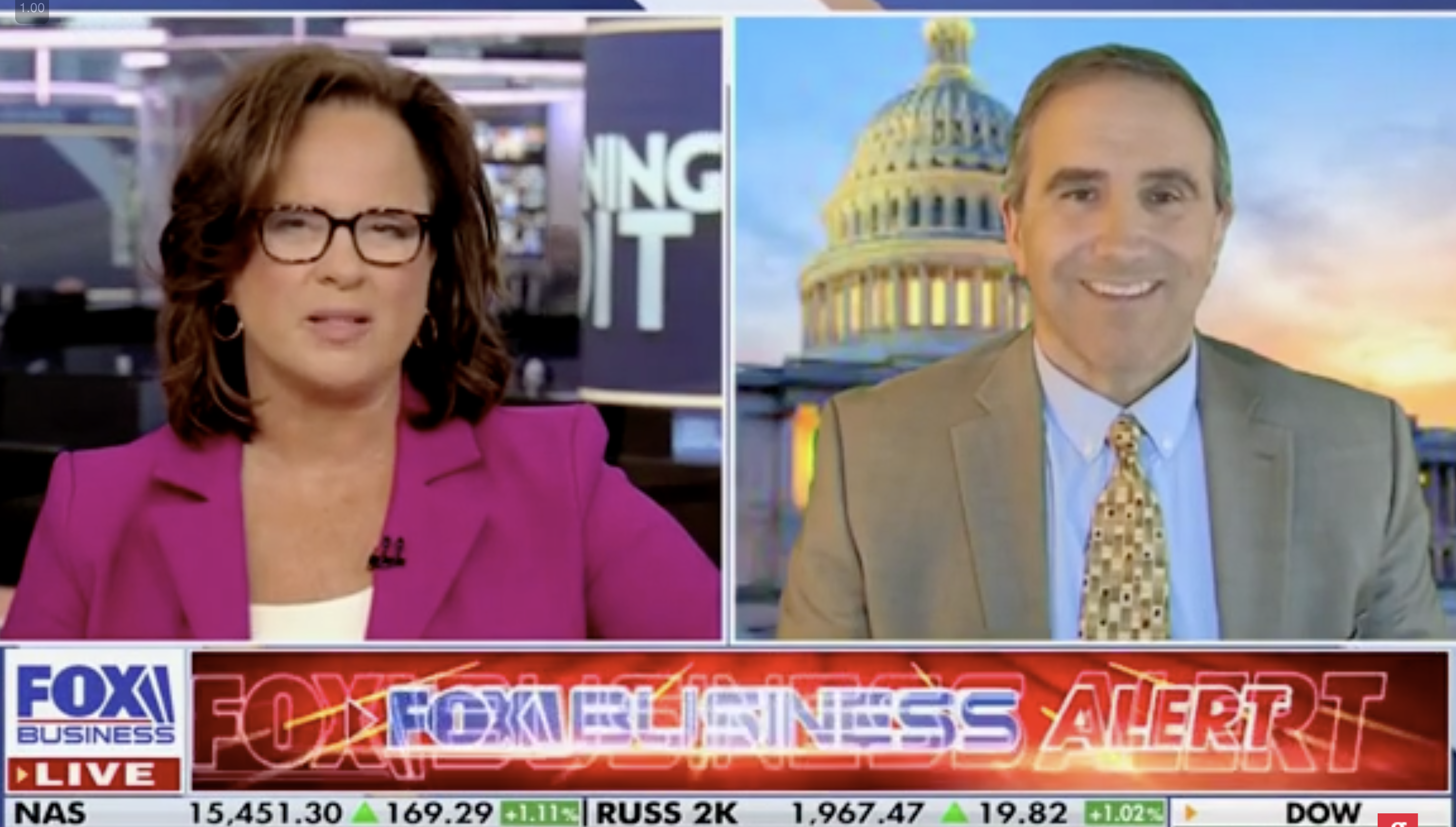That’s wrong. Promoting fear hinders more than helps environmental progress.
Excerpts: David Wallace-Wells writes in a recent New York Times op-ed?
“The age of climate panic is here,” declares the author of the forthcoming The Uninhabitable Earth: Life After Warming. Although he thinks it’s not nearly enough, Wallace-Wells suggests that the newly proposed Green New Deal is “what the beginning of a solution looks like.”
To support his call for panic, Wallace-Wells cites the so-called Doomsday report, which the United Nations Intergovernmental Panel on Climate Change (IPCC) issued last fall. That special report aimed to analyze the impacts of global warming of 1.5°C above pre-industrial levels. It projected that if no policies aimed specifically at reducing carbon dioxide emissions are adopted, average global temperature will rise by 3.66°C by 2100, resulting in a global GDP loss of 2.6 percent from what it would otherwise have been. (In the 2°C and 1.5°C scenarios, global GDP would be reduced by 0.5 percent or 0.3 percent, respectively.)
…
Wallace-Wells ends by asking, “What creates more sense of urgency than fear?” Nothing. But as those three examples of past panic suggest, fear doesn’t produce clear thinking either. It thus may actually hinder rather than help environmental progress.



